Ask anyone, no matter their age, and they’ll tell you things used to be different. The sun used to be yellower, the fries at McDonald’s used to be fresher, and once upon a time, you could buy a big comfortable coupe that just made your life better. The 1995 Honda Legend is that car.
The 1990s were a different time, you see. The SUV was yet to take over as the de facto standard, and in its place were aspirational cars, built for the middle-class buyer who was doing well for themselves. There was a rich market of buyers who were never going to have Ferrari money but saw themselves in something a darn sight nicer than a Buick or a Chrysler.

The personal luxury coupe flourished in this environment. These cars served as plush transportation that didn’t make concessions to dorky practicalities like children or groceries. They were built for cruising the boulevard with plenty of space for your luggage and a set of golf clubs. Honda knew exactly how to play to this audience, and it built itself a Legend.
| 1995 Honda Legend Specs | |
|---|---|
| Base Price (U.S. market Acura Legend in 1995 dollars) | $38,220 |
| Powertrain | 3.2-liter V6 | 4-speed automatic | front-wheel drive |
| Horsepower | 194 |
| Torque | 203 lb-ft |
| Seating Capacity | 5 |
| Quick Take | A tasteful and comfortable interior paired with an engine that would glide you effortlessly to wherever you wanted to go. |
| Score | 8/10 |
Ethos
The second-generation Honda Legend debuted in 1990, as both a four-door sedan and a two-door coupe. The former is easy enough to understand, even by today’s standards. There are still plenty of comfortable luxury sedans on the market.
However, the coupe is more unique to its era. We still have luxury coupes these days, of course, but they’re different. Cadillac demonstrated it best in the 2010s, as it went from building the ultimate highway couch to building the same tightly-wound, sharp-handling two-doors as the German automakers. The very idea of the personal luxury vehicle has largely fallen by the wayside. These days, if you’re buying a two-door luxury car, it’s likely got six sport modes and enough lateral grip to peel the lane lines off the pavement.
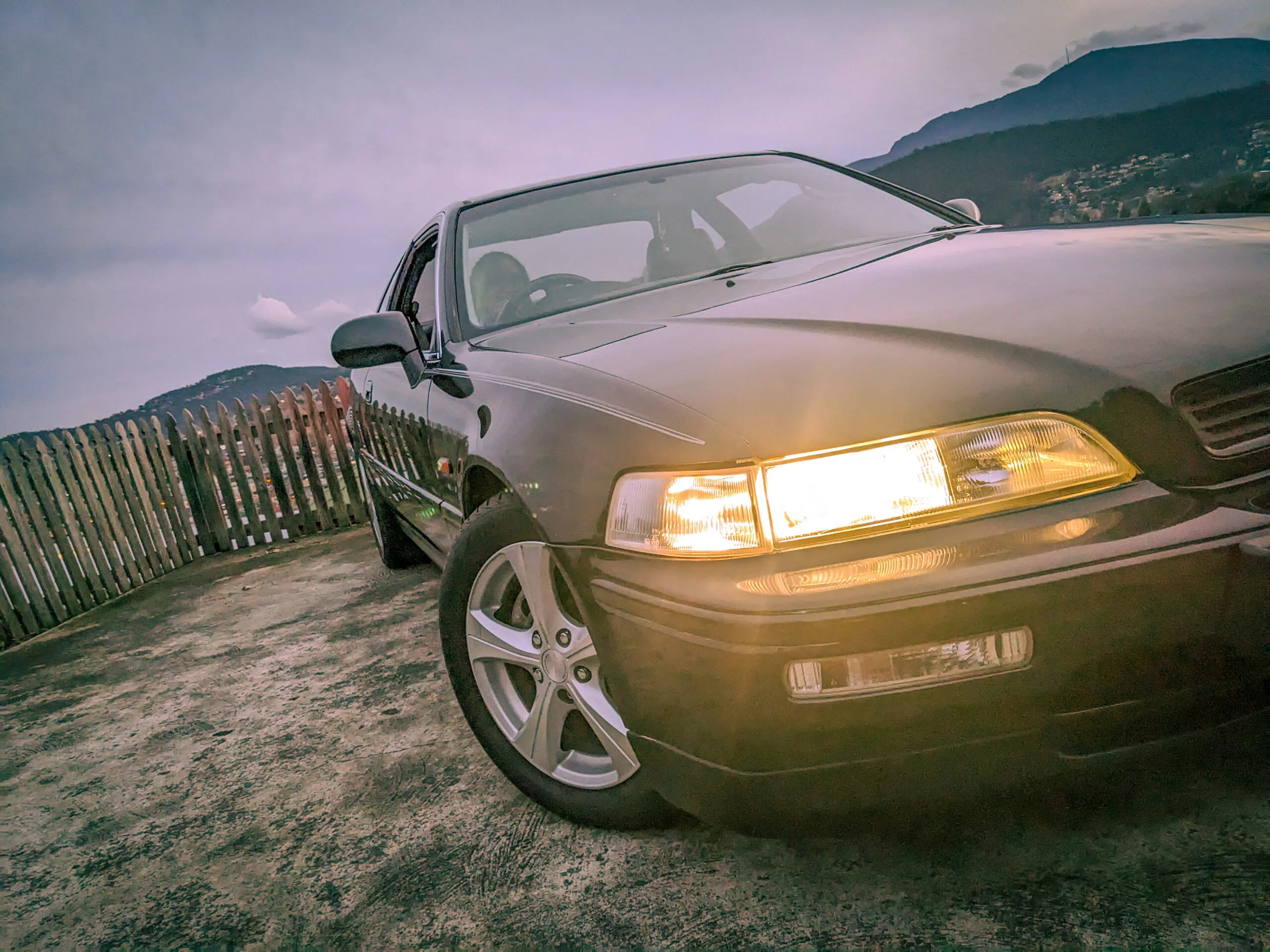

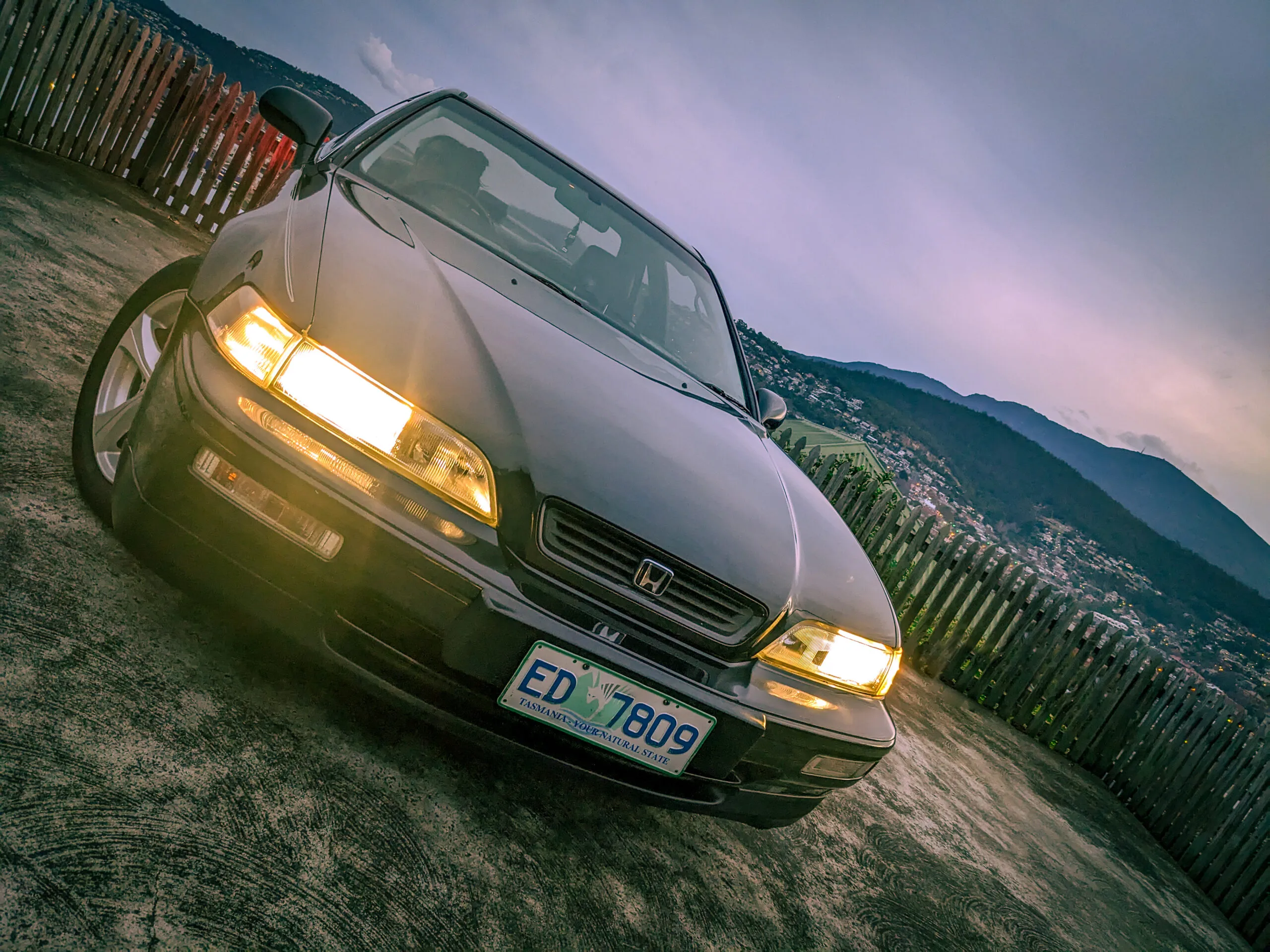
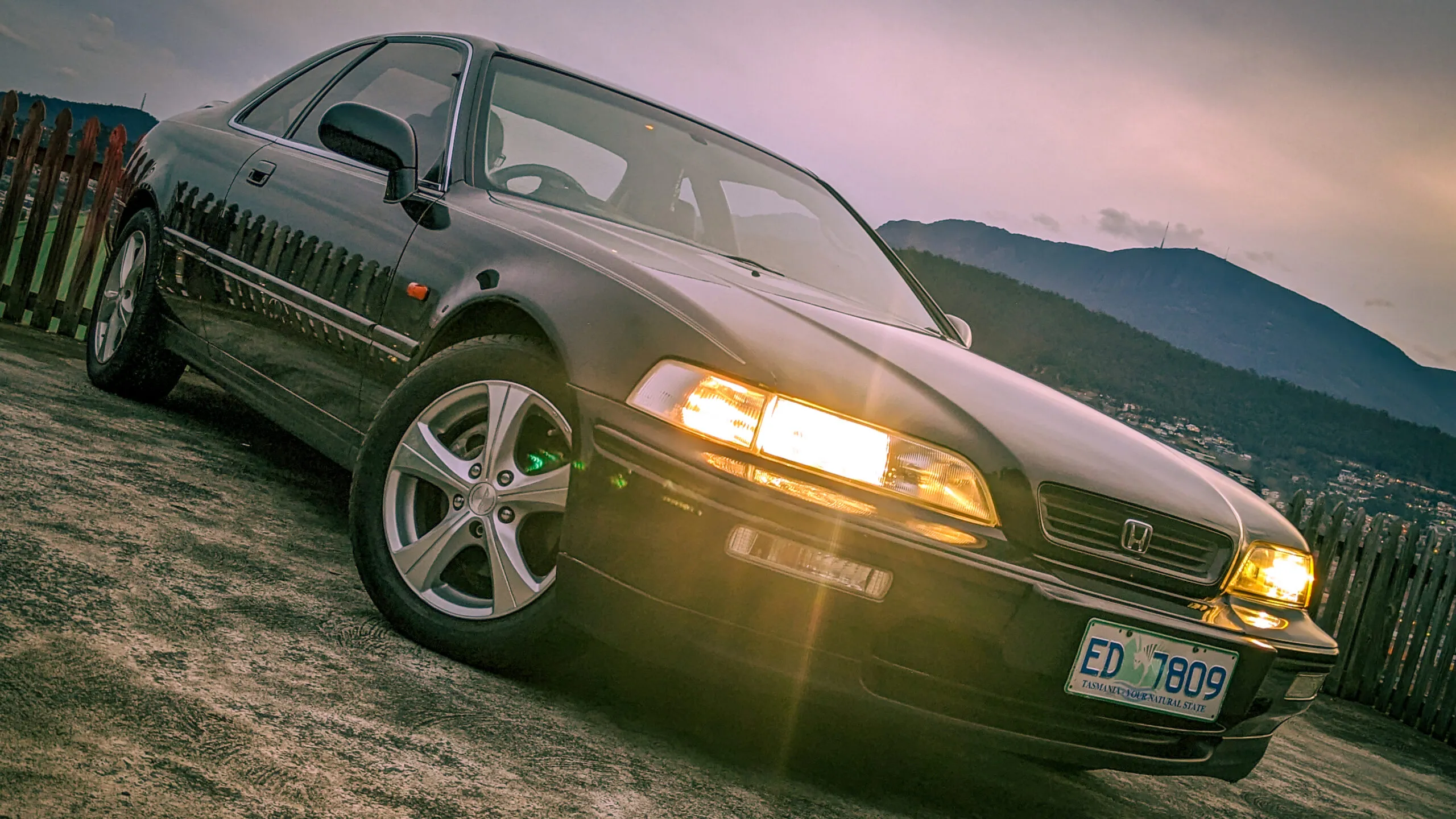
The Honda Legend is quite the opposite. It’s a coupe, but it’s overflowing with space inside. It comfortably fits four adults; five wouldn’t be difficult if you eschew your larger friends. The trunk would readily fit luggage for a decent road trip, too.
Driving a Legend
Behind the wheel, the Honda Legend gives you a feeling of wealth. It’s not the gaudy, showy kind of wealth that comes from diamonds in the dashboard clock or cash overflowing from the glovebox. No, it’s about the way the Legend makes you drive.
The steering feel is alien if you’ve just stepped out of a modern vehicle. It’s light, completely overboosted, and entirely lacking in feel. This isn’t a fault. It’s a mark of sophistication. You see, the driver of a Legend isn’t in a rush to get to work. The meeting doesn’t start until they walk in. The idea of attacking a corner or fighting for gaps in traffic is anathema. They’ll get there when they’re good and ready, at a comfortable pace in their luxury car.
The Legend driver is unbothered by others’ conceptions of time. The road outside roars with desperate motorists who deftly maneuver and muscle for rank. The Legend glides by, picking up speed effortlessly as it runs at its own pace. The cabin is wonderfully quiet, the seats sumptuous, and the climate control holds the temperature just so. Why would you be in a hurry?

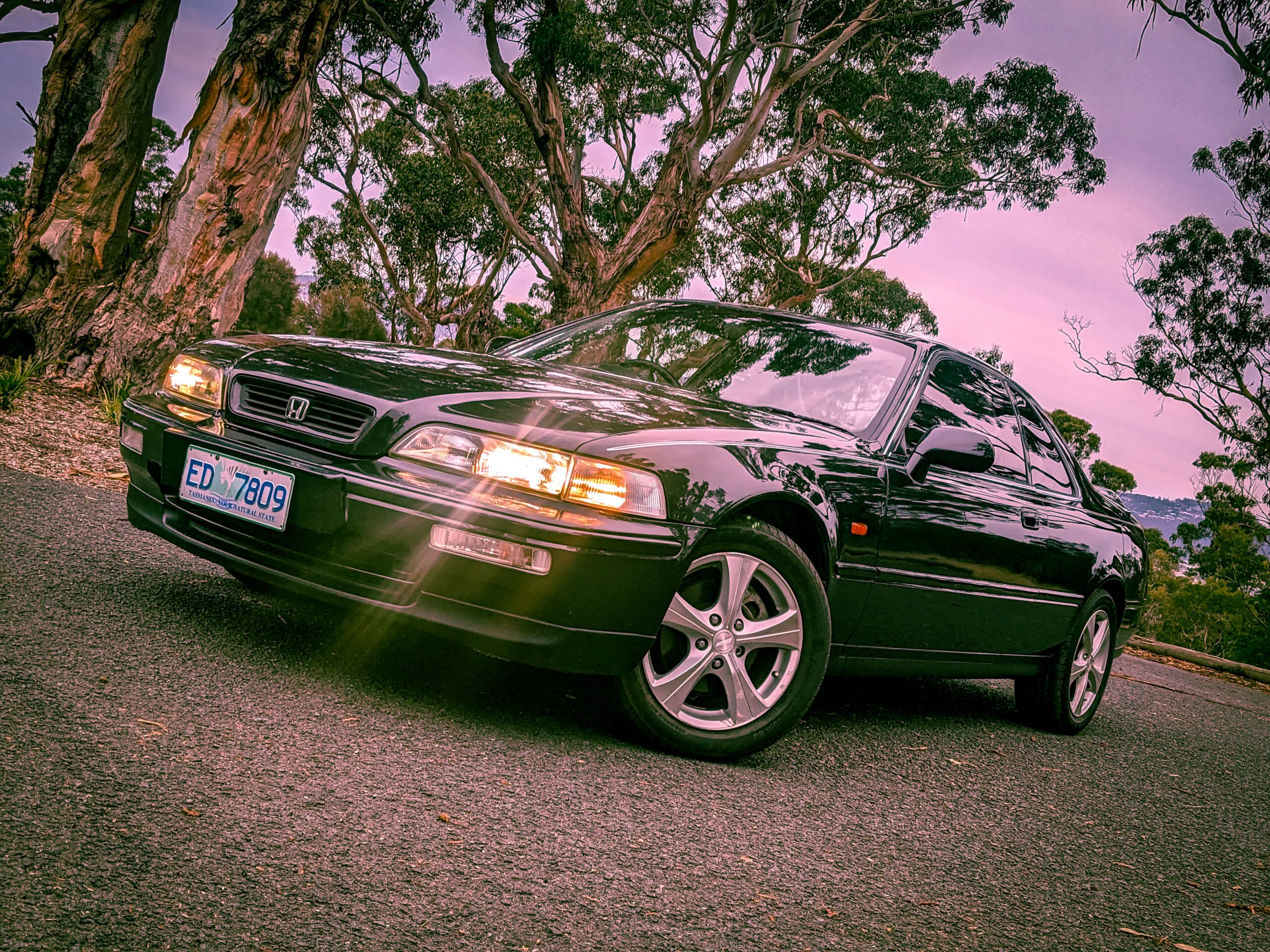


Approach the Legend with a modern frame of mind, and it doesn’t make any sense. You can mat the throttle and wind out the 3.2-liter V6, sure, but you’ll be unsatisfied. It’s not built for winning stats battles in magazines—and with a modest 194 horsepower on hand, it won’t. The four-speed transmission doesn’t love it, either. It wonders if you’re quite alright, and perhaps you might prefer to lie down and relax for a minute.
Nor will the steering impress as you try to nail apexes and carve the canyons. You’ll be left wondering what the wheels could possibly be doing while you fumble to apply the right amount of lock. You won’t get into any trouble; it’s simply the wrong tool for the job. It’s like trying to wrangle a greasy pig into a sleeping bag. It’s rather difficult and you’re not sure why you’re doing it in the first place.
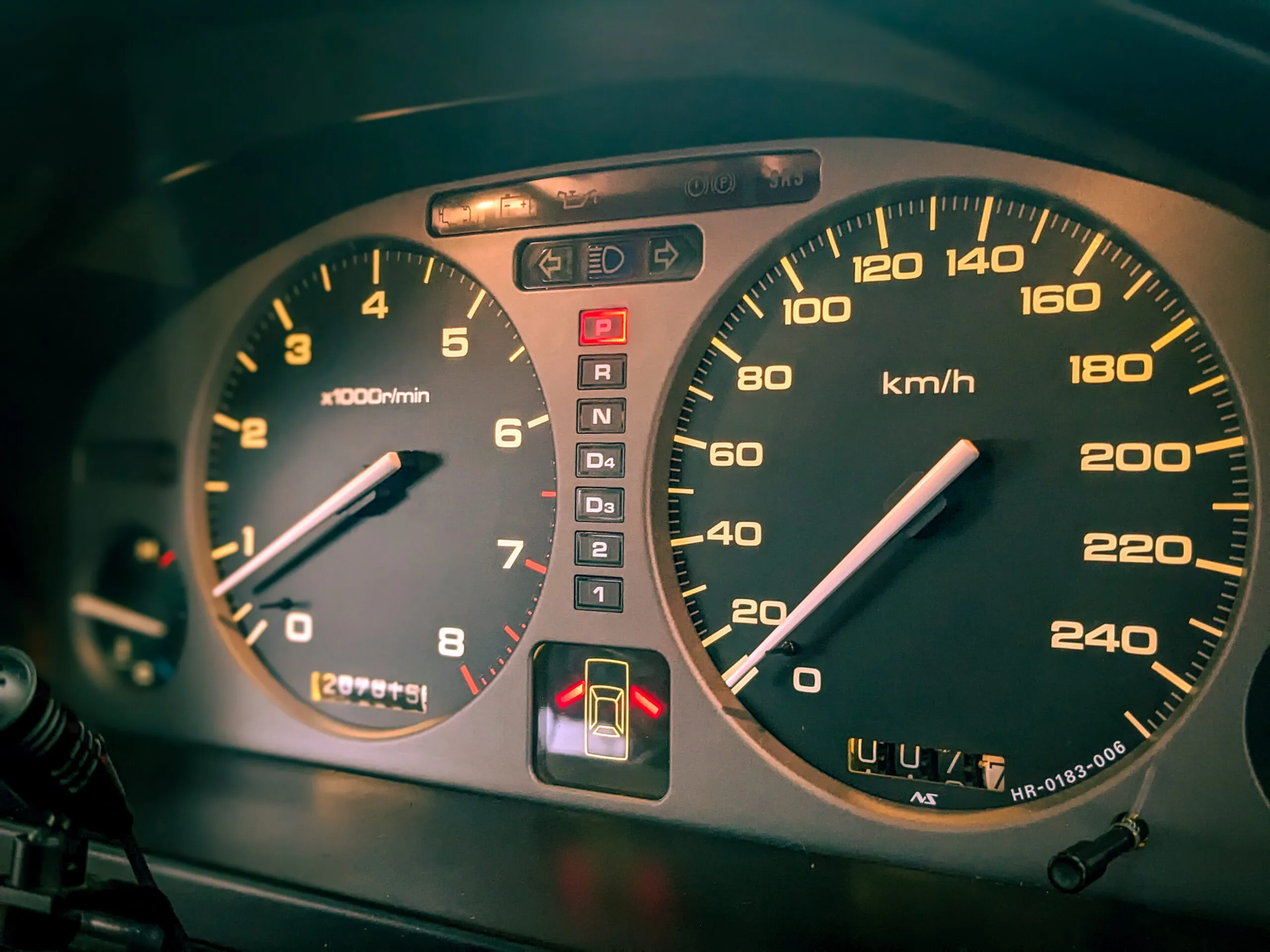
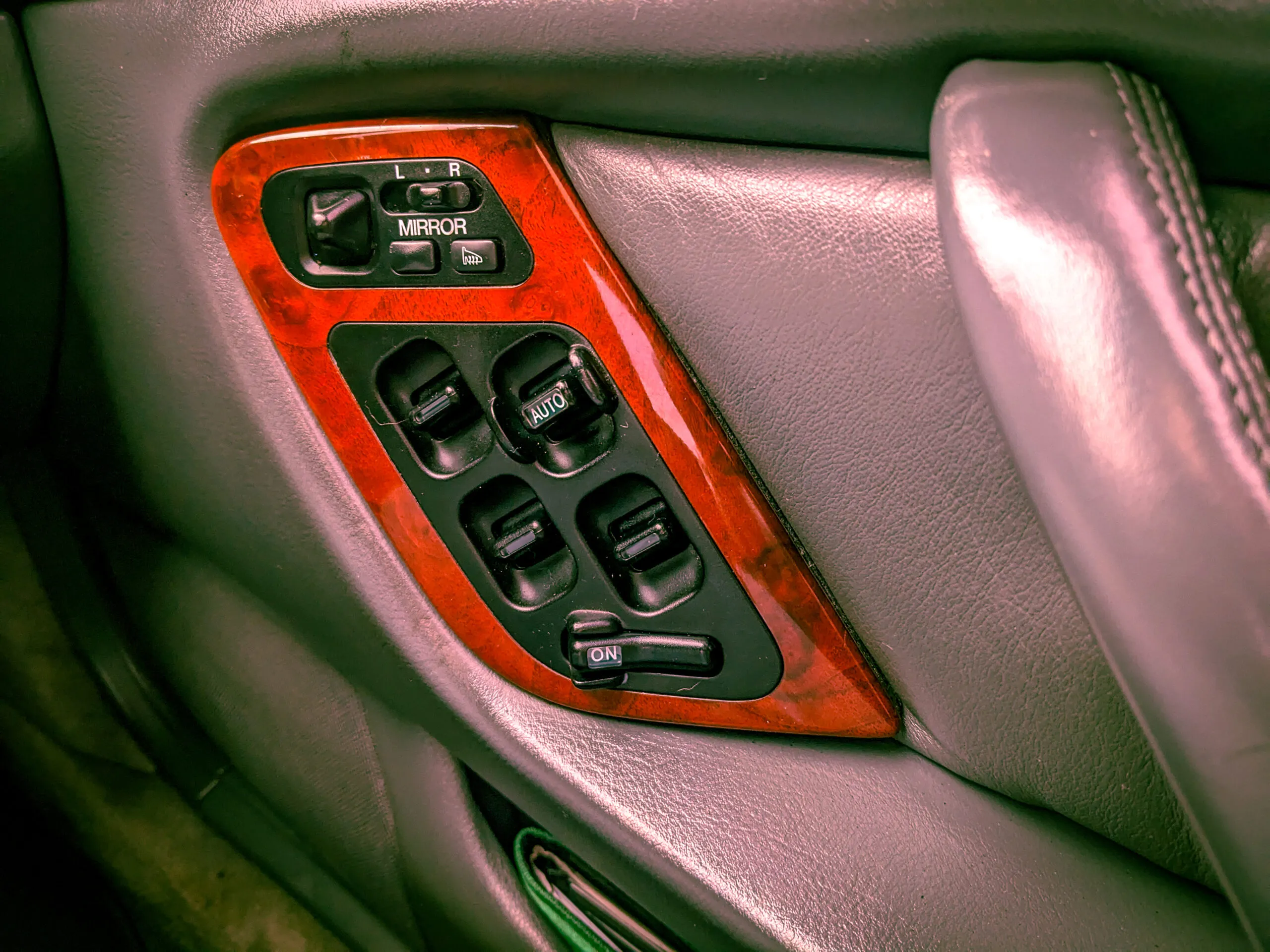
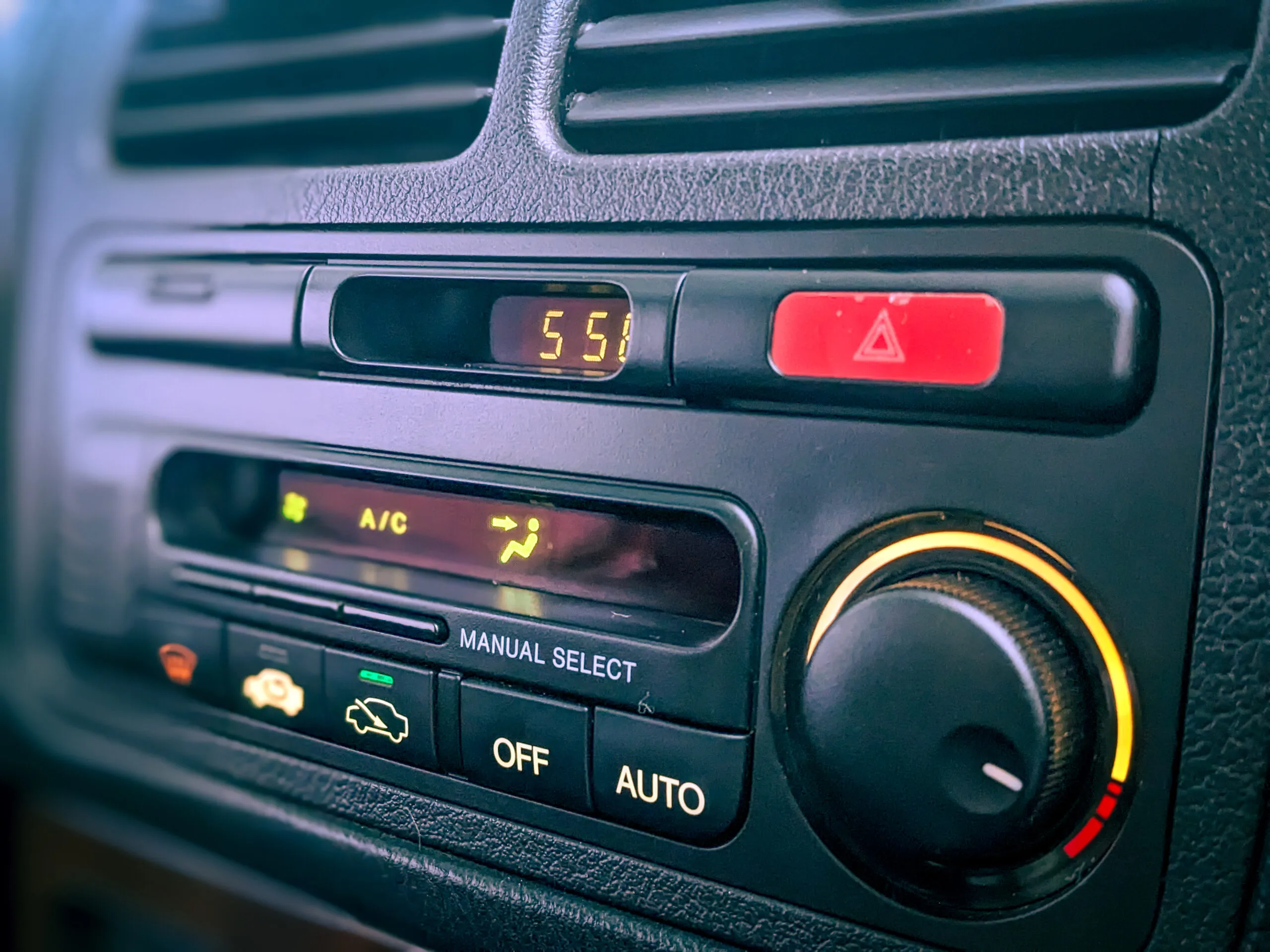
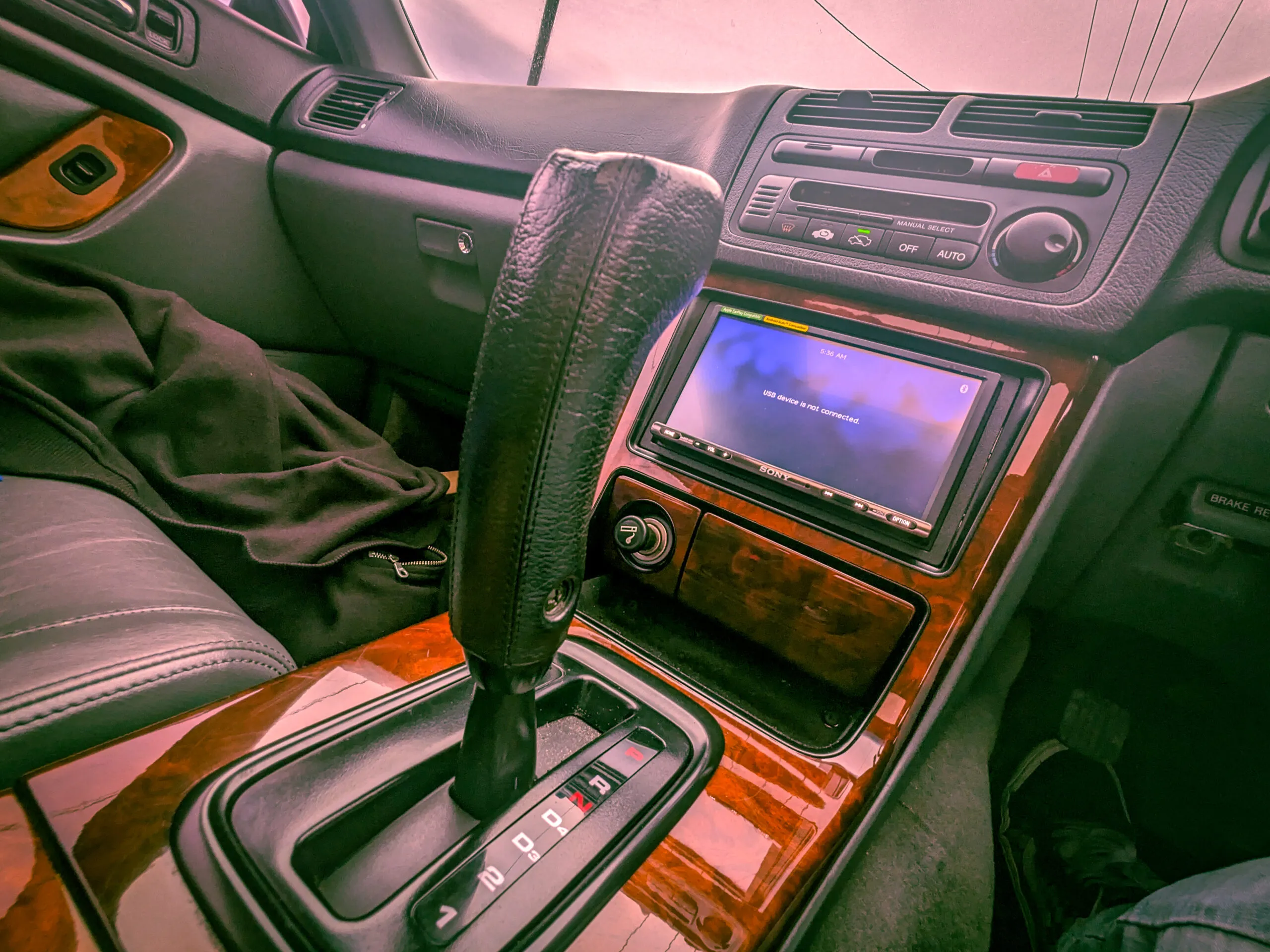

Slow it down. Imagine the Legend is your own luxury sailboat. You’re off the coast of Crete, the sun is beating down, and a crisp breeze blows through your hair. The steering wheel is your tiller, guiding you up and down the coast. Lay your off hand on the hilariously proportioned shifter and plot a course wherever you please. After all, you own a Legend. You’ve got time.
Piloted as intended, the Legend is a dreamboat. It soaks up the miles, delicately insulating you from the roughshod roads and hectic interjections from the outside world.

Pack it with a few friends and wheel your way around the city. Sing your hearts out with all four windows down—yes, in a coupe!—and take in the cool night air. Open the sunroof and marvel at the stars you were formerly too busy to see.
You could go further afield and your backseat passengers would still be marveling at the ample legroom and agreeable seats. Hit the highway, lean into the throttle, and hear the V6 whoosh you up to pace. It’s meant to make driving feel easy and breezy, and that’s what it does. Similarly, when you arrive at your destination, parking is a breeze, with the light-touch wheel taking no effort at all.
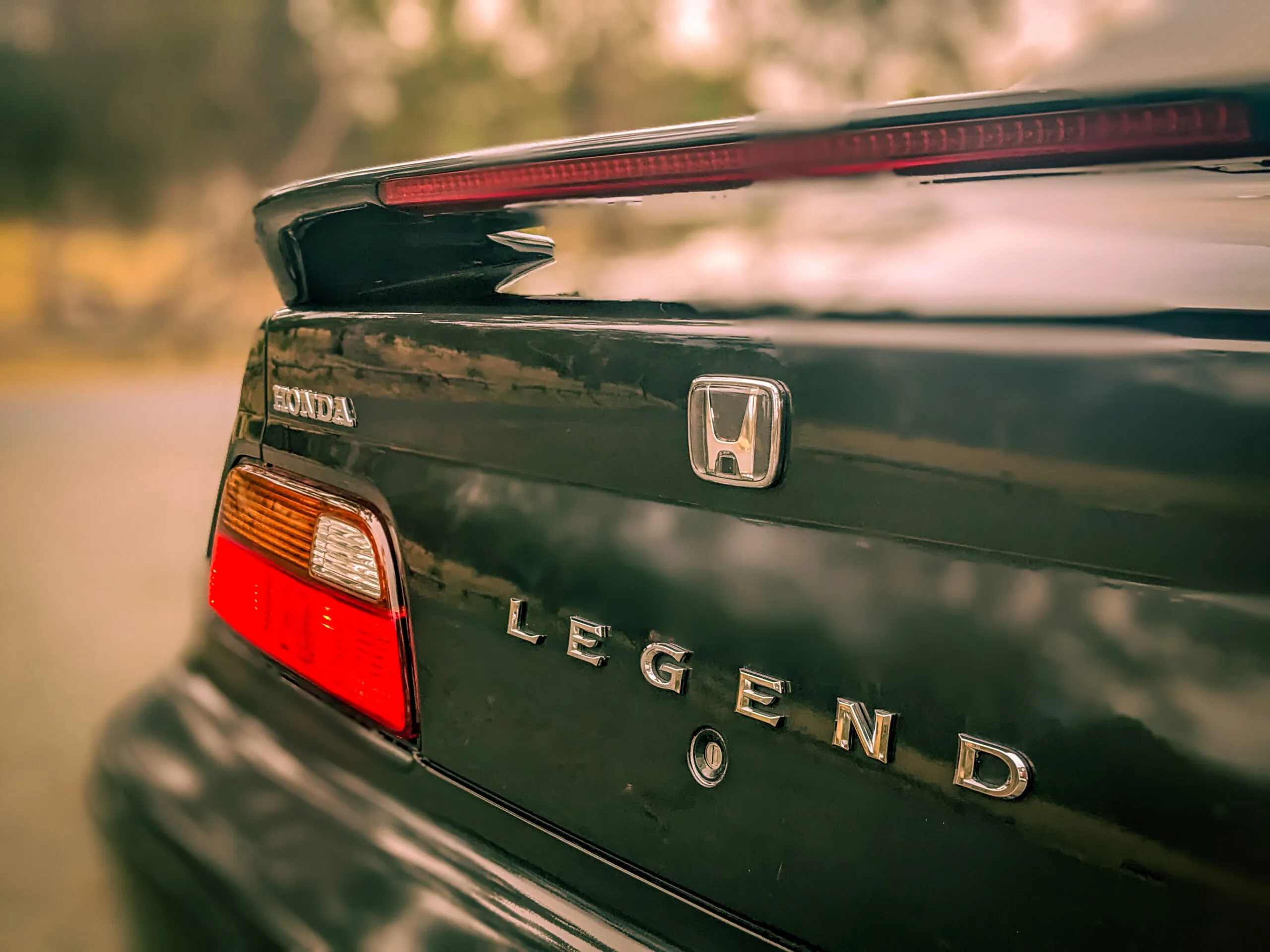
Pathos vs. Logos
For this car’s current owner, Caoimhe, the Legend isn’t just her introduction to owning a Japanese classic. It’s her introduction to driving as a whole. In simple terms, it’s a pretty radical choice for a first car.
In its favor, the Legend has easy steering, an automatic transmission, and good sightlines by virtue of its open greenhouse. On the other hand, it’s a large car, and that can be a touch daunting for a beginner in tight spots.
As a brand, Honda has a reputation for bulletproof reliability stretching back decades. The V6 drivetrain is reliable and well-regarded, and it’s actually related to the engine used in the NSX.
However, by virtue of its rarity, the Legend poses some unique challenges for owners today. The problem is that, unlike the Accord or Civic, Honda just simply didn’t sell that many Legends. What that means is that unique parts are very hard to come by.
This was borne out in practice during my time with the car. After a late-night jaunt to K-Mart (don’t ask), we got some air with all the windows and the sunroof down. All was well until we parked up, and the driver’s side window wouldn’t go back up.
This quickly became a serious problem. Rain was incoming, and the whole of winter lay ahead of us. Leaving the car parked outside with just a garbage bag for protection wasn’t exactly desirable. With the regulator motor seemingly burnt out and jammed, we had to pull things apart to get the window closed again. Worse, we were keenly aware that breaking the door glass would be a tragedy. Replacement would be difficult to impossible; nobody is keeping Legend glass on the shelf in Australia.

What ensued was a frantic two-hour wrestle-fest to pull apart the door panel and jam the window back into place. We succeeded, by the skin of our teeth, and the car now awaits parts. Caoimhe has similarly spent significant time tracking down a replacement interior door handle and switchgear, highlighting the familiar troubles of owning an old, unique car.
Overall though, if you can snag a good Legend, it’s worthwhile. It’s a driving experience that simply isn’t available on the market today. It’s a great daily, a great tourer, and unlike most coupes, a wonderful experience to share with friends. Don’t hesitate to try it if you get the chance. Thank me later.
Got a really nice classic Honda? Let the author know: lewin@thedrive.com
